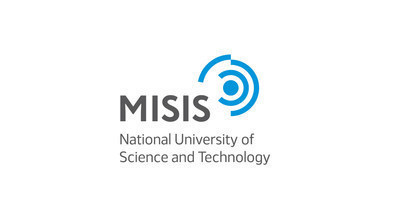
MOSCOW, Oct. 26, 2021 /PRNewswire/ -- Russian scientists have come up with an easy and cost-efficient method for obtaining industry-grade silicon carbide from wood processing waste. The study was published in Materials Chemistry and Physics.

Silicon carbide is an exceedingly hard, synthetically produced crystalline compound of silicon and carbon. It occurs in nature as the extremely rare mineral moissanite. Silicon carbide is nearly as hard as diamond, wear-resistant, heat and radiation proof.
Metallurgy is one of the major silicon carbide consumers. It is widely used in the manufacture of high-temperature bricks and other refractories. In addition to hardness, silicon carbide crystals have fracture characteristics that make them extremely useful in grinding wheels and in abrasive paper and cloth products. This compound is also used in the jewelry industry, construction, bulletproof vest production, automotive industry, etc.
An advantage of biomorphic carbides is their production from a renewable wood-derived carbon. Different biomorphic carbides have already been derived from various types of wood and grain crops: beech, oak, sapele, pine, linden, corn stover, millet, etc. Recently, attempts have been made to synthesize biomorphic silicon carbide from various industrial materials: fibreboards, paper, compressed wood-powder composite boards, cast bamboo cellulose, etc.
However, current technologies of biomorphic silicon carbide production are imperfect. The properties of the synthesized products are often unpredictable. Moreover, the conventional methods of silicon carbide production from charcoal are time-consuming.
Scientists from NUST MISIS and Tomsk Polytechnic University have come up with a method for obtaining high-quality silicon carbide from charcoal and silicon in plasma of direct current low-voltage arc discharge in ambient air using an electric-arc reactor with graphite electrodes.
It was found that the three-fold arc processing during 25-30 seconds each at a current of 220 A allows a complete transformation of initial silicon into its carbide. The fabricated phase of silicon carbide can be purified from the synthesis product by annealing of the material in the atmospheric furnace at 800 °C. An important advantage of the proposed method is the simplicity of the synthesis process, which doesn't require a sealed chamber, inert gases or a vacuum pump. Another important advantage is that synthesis takes very little time (from seconds up to several minutes) compared to the conventional methods. In addition, the initial source of carbon is an available material, namely, wood waste.
The powder obtained had optimal lattice parameters and was morphologically similar to charcoal. The disadvantage of the produced material is the presence of a surface oxide layer, which is characteristic of both the proposed method and materials based on silicon carbide obtained using other approaches. However, this disadvantage can be compensated for by treatment of the powder with an alkaline solution.
"Scientists don't always manage to obtain a useful, expensive compound from a cheap secondary raw material. We've managed to synthesize a valuable, expensive product from cheap wood processing waste. This method not only allows the synthesis of high-quality industry-grade silicon carbide, but also offers a solution for wood processing waste management," noted Alexander Gromov, the NUST MISIS team lead and head of MISIS Catalysis Lab.
Link: https://en.misis.ru/university/news/science/2021-10/7621/
Logo: https://mma.prnewswire.com/media/955872/NUST_MISIS_Logo.jpg

